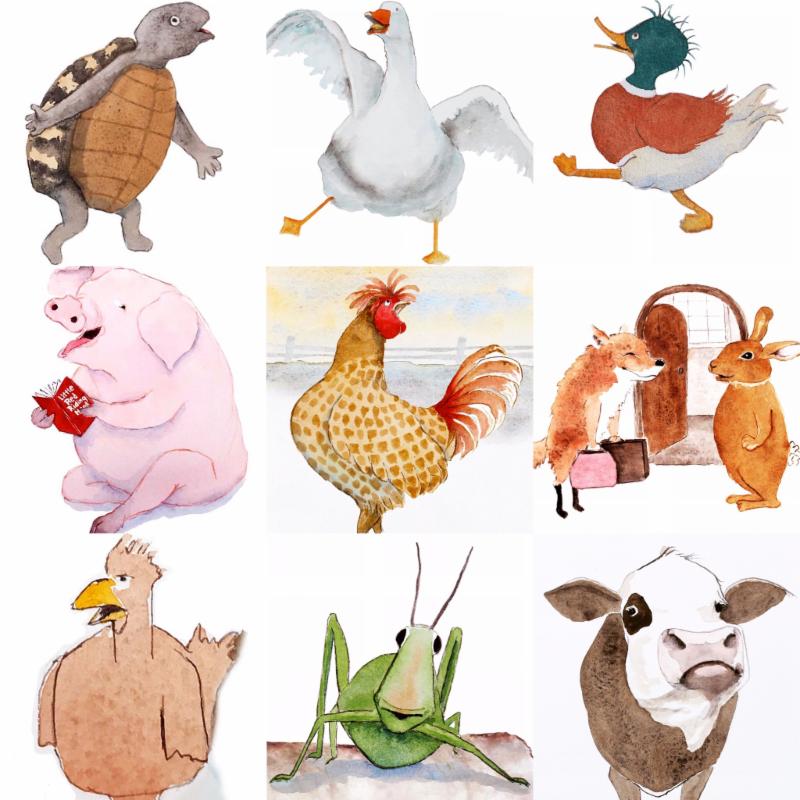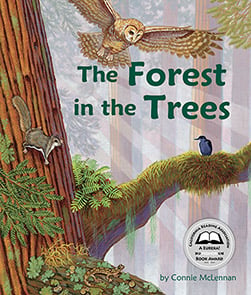CLICK HERE FOR WEBSITE
Two recent publications from Young Palmetto Books are historical picture storybooks about people and events in South Carolina history.
The Lady of Cofitachequi A South Carolina Native American Folktale by Kate Salley Palmer & Illustrated by James H. Palmer, Jr.
My thoughts: A picture book told from the viewpoint of a Otter would seem destined to hold the interest of preschoolers and early elementary age children. However, this is a wordy book and a person's disappearance might age it out to those in upper elementary. It is a legend of Indian lore for a time when the Americas were being discovered and conquered by the Spanish.
Published by the University of South Carolina's children's book division, it addresses a piece of history of South Carolina and those early days. History can hold fascination for the reader when recounted in an entertaining, yet historically correct manner.
Children can enjoy this book and it would be especially nice in the classroom or school libraries.
About the book: More than 500 years ago, a tribe of Native Americans lived peacefully next to a river in an area called Cofitachequi, near what is now Camden, South Carolina. A kind and generous woman, who was a member of the Otter Clan, ruled this tribe. She became known as the Lady of Cofitachequi. All the people of the tribe and animals in the area loved the Lady.
An adoring otter tells this true historical account of what happened to the Lady and her kin when Spanish explorers led by Hernando de Soto came looking for gold and silver. De Soto demanded that the tribe hand over precious metals and gems, but all the people had to offer were freshwater pearls and copper. In anger de Soto ordered his army to loot the temples and take all the food. Before leaving, they took the Lady captive and forced her to go with them. Otter watched with tears in his eyes as the Lady was taken away.
Where did the Lady of Cofitachequi go, and would Otter and the people of the town ever see her again?
Fire and Forgiveness: A Nun’s Truce with General Sherman by Martha Dunsky & Illustrated by Monica Wyrick
 My thoughts: Not many in the South can speak of General Sherman and "forgiveness" in the same sentence. The Civil War was a brutal period in United States history and remains a controversial topic to this day. This story of Fire and Forgiveness doesn't excuse Sherman's burning of Columbia, South Carolina (as he did much of the South) nor does it condone his actions.
My thoughts: Not many in the South can speak of General Sherman and "forgiveness" in the same sentence. The Civil War was a brutal period in United States history and remains a controversial topic to this day. This story of Fire and Forgiveness doesn't excuse Sherman's burning of Columbia, South Carolina (as he did much of the South) nor does it condone his actions.It tells of a group of Catholic Convent girls and the nuns who were responsible for their safekeeping. It tells about a nun's previously knowing General Sherman and eliciting a promise to spare the girl's convent. That promise was not kept, though.
General Sherman excuses the burning by saying the wind was strong and his men were excited. Still he apologized. And still the nun forgave him.
I had mixed feelings about this book but will still recommend it as a worthy book for classrooms and school libraries.
About the book: A captivating tale about forgiveness and peacemaking based on first-person accounts of true events
Making peace with her spiteful classmate Clara seems impossible to Jane. Despite encouragement from Mother Baptista, the mother superior at their convent school, Jane and Clara dig in their heels. As the girls brood they hear the cannons of the Civil War explode outside their school as General Sherman and the Union army attack the city of Columbia, South Carolina, in February 1865.
Mother Baptista asks Sherman for protection for her nuns and students, and he promises they will be safe inside their convent school. But despite his promise they have to flee in the middle of the night through a chaotic, burning city. Will Mother Baptista forgive Sherman for breaking his promise? Can Jane and Clara make peace when the adults in their world are at odds and at war?
Set during the most deadly and divisive war in U.S. history, this compelling story is based on first-person accounts of true events. Fire and Forgiveness is a reminder of the important role forgiveness and peacemaking play in life’s conflicts big and small, whether between quarreling children, proud adults, or warring nations.
DISCLOSURE: I received a complimentary copy to facilitate a review. Opinions expressed are mine, alone and are freely given. My copies will be donated to a school library.




























